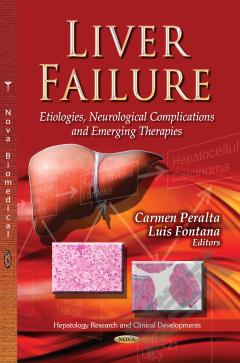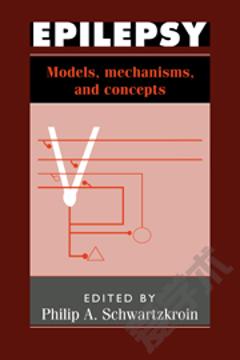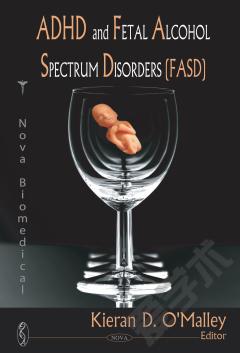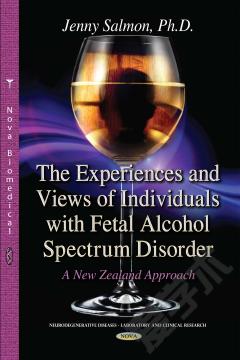Fetal Alcohol Spectrum Disorders: Concepts, Mechanisms, and Cure
Alcoholism exerts a high genetic as well as epigenetic load and may be regarded as one of the most prevalent, identifiable, and preventable neuropsychiatric illnesses afflicting modern society today. Alcohol constituted 3.2% of all worldwide deaths in the year 2006 and is associated with >60 diseases, including fetal alcohol spectrum disorder (FASD), cancers, cardiovascular diseases, liver cirrhosis, neuropsychiatric disorders and life-threatening injuries. Fetal alcohol spectrum disorder (FASD) is a collective term representing fetal abnormalities associated with maternal alcohol abuse. FASD is a devastating developmental disorder resulting from alcohol exposure during fetal development. It is a considerable public health problem worldwide and is characterized by CNS abnormalities, dysmorphic facial features, and growth deficiency. Although it is well-established that intra-uterine alcohol exposure can lead to FASD, characterized by cognitive and behavioral impairments, alcohol abuse is still highly prevalent and contributes to a significant loss of economy and productivity throughout the entire world. Children with FASD become a serious and persistent socioeconomic burden to society, as they require specialized healthcare liabilities throughout their entire lives as a consequence of their parents’ irresponsible drinking behavior. The primary aim of the inter-disciplinary and integrated genome research network (consisting of molecular biologists, psychopharmacologists, system biologists with mathematicians, human geneticists, and clinicians) is to better understand the genetics and epigenetics of alcohol addiction by identifying candidate genes and molecular mechanisms involved in the etiopathogenesis of FASD, and to provide recommendations to the government and scientific community for global dissemination of emerging knowledge and implementation of FASD interventions. In Fetal Alcohol Spectrum Disorder: Concepts, Mechanisms, and Cure, the author has presented the novel concept of charnolopharmacology, which plays a crucial role in determining the life and death of the fetus during intrauterine fetal alcohol exposure (FAE). More specifically, it proposes mitochondrial bioenergetics-based charnolopharmacotherapeutics for personalized theranostics of FASD, involving diversified charnolopathies, embryopathies, and infertility; resulting in poor quality of life. Although several concepts, mechanisms and potential therapies have been proposed recently to overcome the deleterious consequences of FASD, the author has now proposed charnolopharmacotherapeutics, which is based on ethanol-induced compromised mitochondrial bioenergetics and the induction of charnolopathies initially in the spermatocyte and oocyte during the prezygotic phase, and subsequently in the neural progenitor cells (NPCs) during the post-zygotic phase of pregnancy. Hence, drugs inhibiting CB formation and/or augmenting charnolophagy as a basic molecular mechanism of intracellular detoxification during the acute phase, stabilizing charnolophagosome and preventing charnolosome sequestration and budding during chronic phase, will have therapeutic potential in FASD embryopathies, which is elegantly described in this book. The most unique feature of this book is that it introduces original concepts of mitochondrial bioenergetics, genomics, and epigenomics to successfully manage FASD. Particularly, mitochondrial bioenergetics-based CB prevention/inhibition, charnolophagy induction, and charnolophagosome and charnolosome stabilization are novel therapeutic targets for safe and effective clinical management of FASD. These concepts and mechanisms are based on several years of basic research and original discoveries by the author.
{{comment.content}}








 京公网安备 11010802027623号
京公网安备 11010802027623号